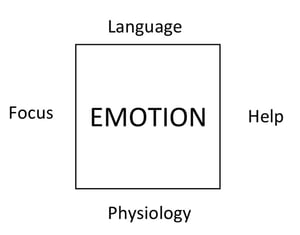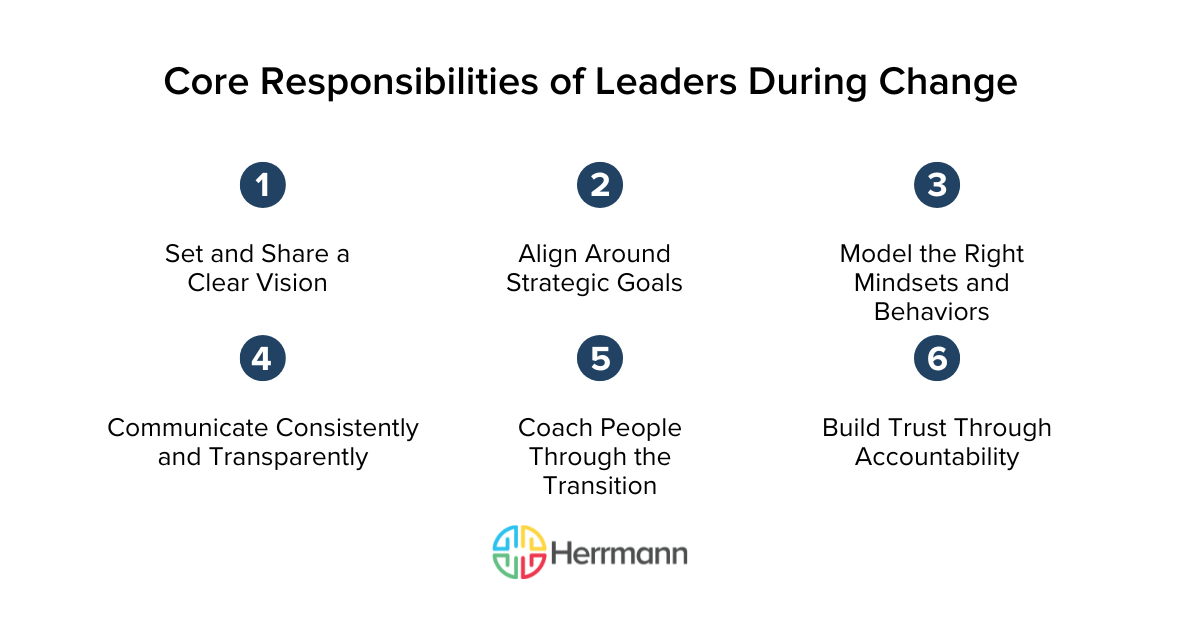Humans are creatures of habit. It’s been over a year since COVID-19 became an all-encompassing threat to our health and wellbeing, and working online has become our new normal. Where we were alert and careful at the beginning of the pandemic, we now view the virus as part of everyday life—a dangerous development, which Bloomberg identifies as the new “COVID Challenge” that we face. The virus might not constantly be at the forefront of our minds. Our bodies and our unconscious, however, are in a state of continued alarm.
How does this alarm manifest? Psychologist Daniel Goleman coined this phenomenon the Amygdala Hijack, the fight-or-flight reflex that is activated in response to a threat. While this is really useful for acute situations (think tiger attack), our brains are not designed to handle prolonged bursts of stress, like the constant danger of COVID-19. The continued overflow of stress hormones, such as cortisol or adrenaline, are dangerous to our physical health, and leaves us in a negative and reactive, survival-oriented mindset.
With our minds and bodies preoccupied in this way, negativity takes hold, and without even us realizing it, drains more and more of our personal energy. This is why it is important to raise our awareness of the inner workings of our brain, and become proactive in controlling our mindsets, and thus our energy.
But how can our thinking habits preserve our energy? The key is to increase the positive vs. negative ratio of our thoughts. This may sound a little vague at first. However, we can break it down into hands-on practices that help us take back control of our mind and focus more on positivity, instead of getting swept away by stress and negativity:
1: The Emotional Shift Square
- Shift Your Language
- Shift your Focus
- Shift your Physiology
- Shift to Helping Others
2: The STOP Model for Thinking Habits
- Stop.
- Take a deep breath.
- Observe what is going on.
- Proceed with something useful.
3: The Ladder of Thinking
The ladder of thinking is of help here: When stuck with a negative thought, ask yourself: “What is the next best thought I could have?” So instead of going from “I feel unmotivated today” to wanting to change the world in an instant, take smaller and more sustainable mental steps.
Coaches Corner Action Steps:
The Emotional Shift Square, The STOP Model for Thinking Habits, or the Ladder of Thinking—which one is your favorite tool? Take your pick and get started using these questions:
- What is the next action you will take?
- Why will you take this action?
- How will you implement this action?
- Who will help you implement this action?
Reprinted in part with permission from Jay Chopra, PhD, co-founder and Managing Director of Making Shift Happen and a Herrmann Master Certified Facilitator. Articles written with help from Anne Mahler PhD & David O' Mahony. Read the original blog post.
See the related blog post on Six Simple Habits To Manage Your Energy In A Rapidly Changing World

Learn more about Herrmann’s Remote Collaboration Tools












